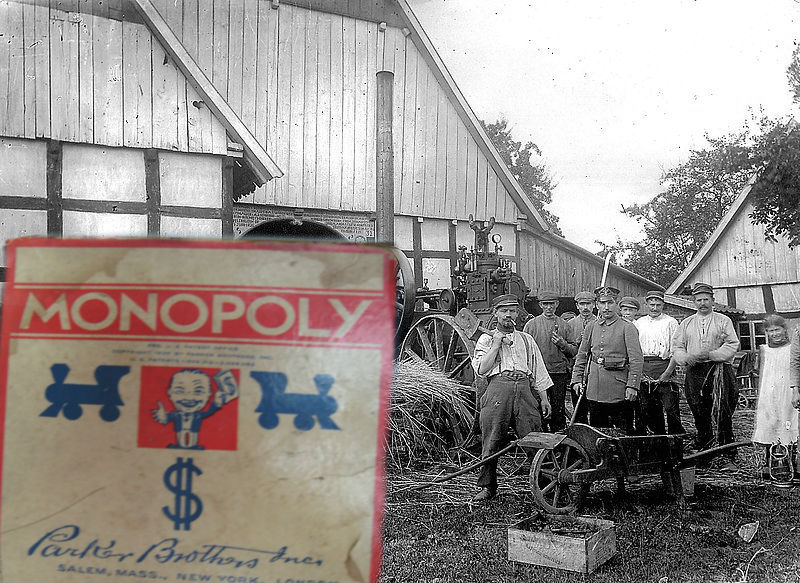While many people think that Monopoly was invented during the Great Depression by Charles Darrow, who sold it to Parker Brothers and eventually made millions, it was, in fact, invented more than 30 years earlier by a woman named Elizabeth Magie. She designed the earliest version of Monopoly, known as “The Landlord’s Game,” in the early 1900s and patented it in 1904.
It was December 31, 1935, when the game that is known today as Charles Darrow’s Monopoly was patented. Parker Brothers bought Magie’s rights to “The Landlord’s Game” for $500 and also the rights to other related games and so were free to pursue development of Charles Darrow’s version of Monopoly.
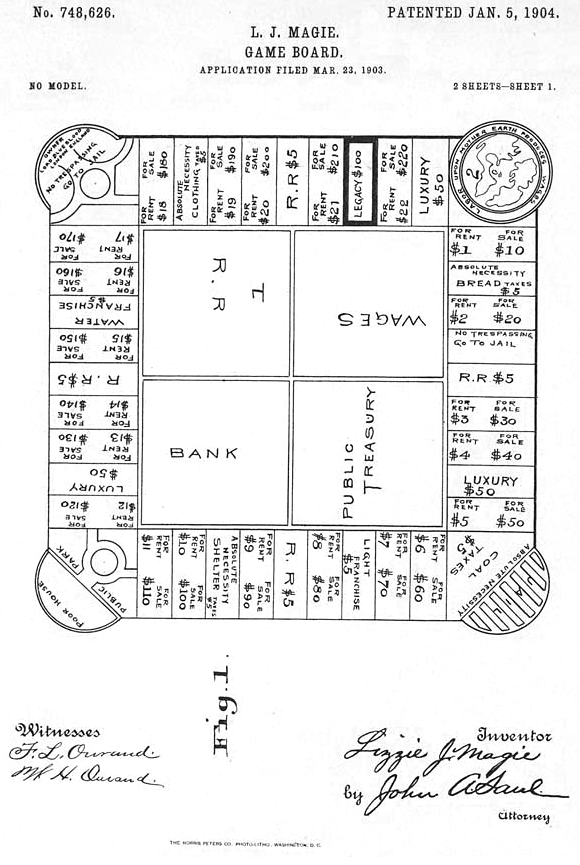
Throughout the years, Monopoly became one of the most popular board games in modern history. Over 250 million sets of Monopoly have been sold and the popular board game has been translated into nearly 40 languages. Even today, Monopoly continues to be a firm favorite, but for some players during World War II, it was more than just a game.
For captured British soldiers inside Germany, Monopoly boxes were their secret weapon. Prisoners of war in Germany were allowed to receive care packages from humanitarian groups and Monopoly was included among the items. As it was just a game, no one suspected that it would bring help to the British POWs, but it did.
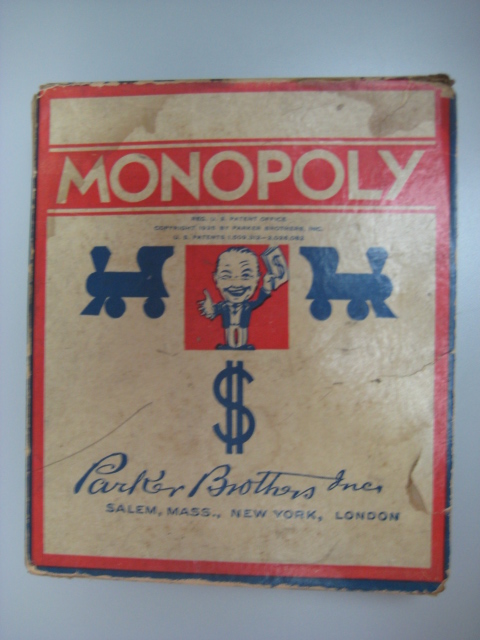
MI9, a branch of the British intelligence services formed during WWII, conspired with the U.K. Monopoly manufacturer Waddington’s to use Monopoly boards to send maps, small metal tools, magnetic compasses, and other supplies to prisoners of war in Nazi-occupied Europe in order to help them escape. The British Secret Service’s master plan would help many prisoners of war to escape to neutral countries and eventually to come back home safely.
British intelligence officer Clayton Hutton masterminded this plan. “My aim, right from the start of my association with the escape department, had always been to discover a foolproof system for introducing my ‘toys’ into the camps themselves,” Hutton wrote. “To arrange for the odd map and compass to be smuggled to particular prisoners was one thing; to initiate and maintain a steady flow of all our devices was another.”
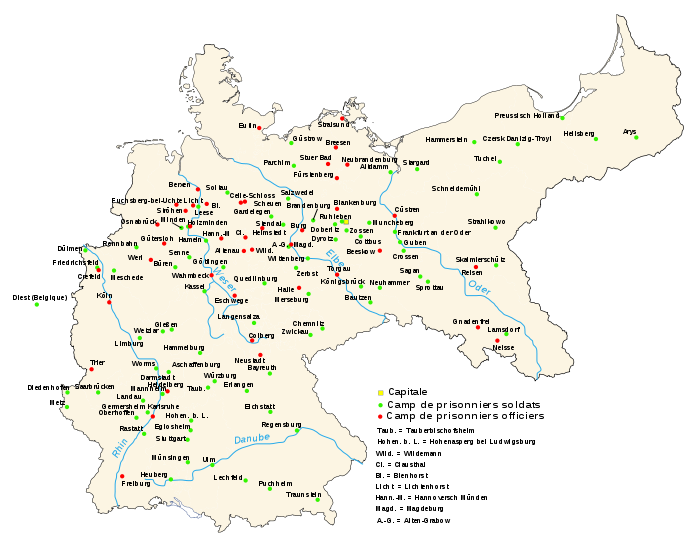
The silk escape maps packed into the game’s hotels were probably the most important part of the new version of Monopoly. Debbie Hall, a cataloguer in the map room at the Bodleian Library at the University of Oxford in Oxford, England, told the ABC News that “For hundreds of years, even before World War II, silk was the material of choice for military maps, because it wouldn’t tear or dissolve in water as easily as paper and was light enough to stuff into a boot or cigarette packet. Unlike maps printed on paper, silk maps also wouldn’t rustle and attract the attention of enemy guards.”
John Waddington Limited of Wakefield Road, Leeds, were printing escape maps on silk for MI9 even before Hutton came up with his plan. The company was also licensed to produce the board game and agreed to manufacture Monopoly boards with escape kits hidden inside. Waddington’s was asked to create boards with maps of European countries, such as Norway, Sweden, Germany, France, and Italy.
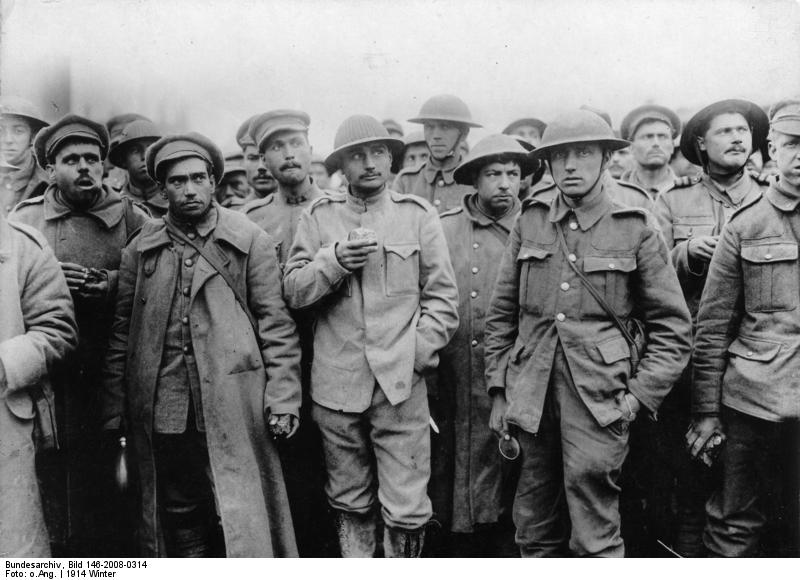
Every soldier that was about to be sent on a mission was told about the escape maps and kits in Monopoly boards. The “special edition” Monopoly sets would also feature real bank notes appropriate to the camp’s location that were hidden under the fake money.
The Guardian reports that Monopoly sets weren’t the only vehicles used to conceal escape maps and British intelligence went on to conceal maps inside chess sets and packs of cards.
Reportedly, 35,000 prisoners of war managed to escape prison camps in Nazi-occupied Europe. It is believed that nearly 20,000 of them had a silk map, compasses, and other supplies that were hidden inside the Monopoly boxes.
